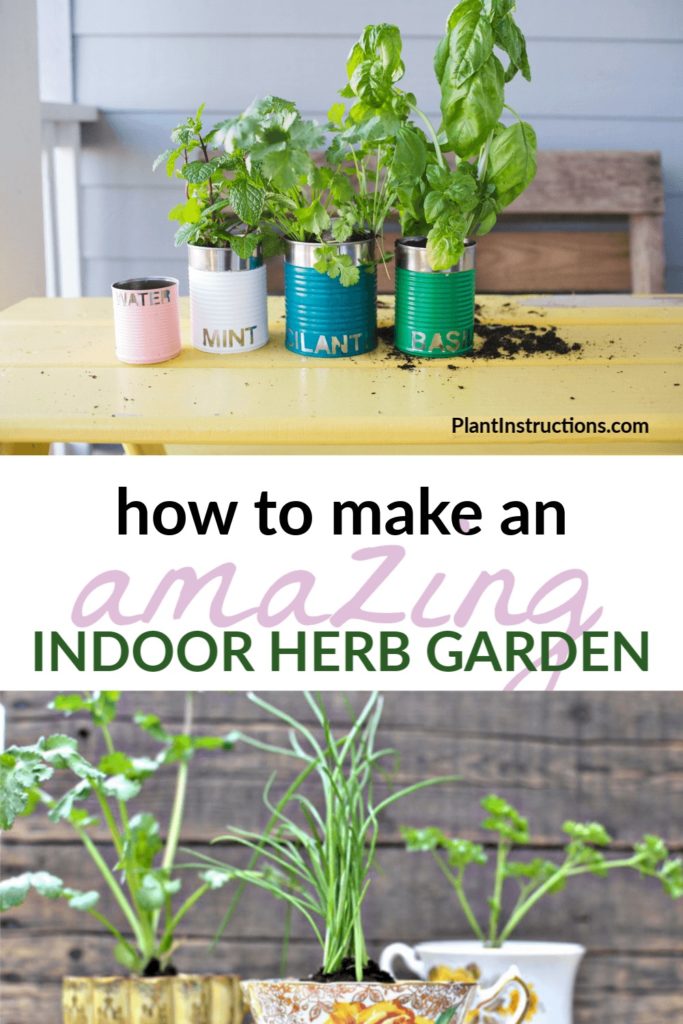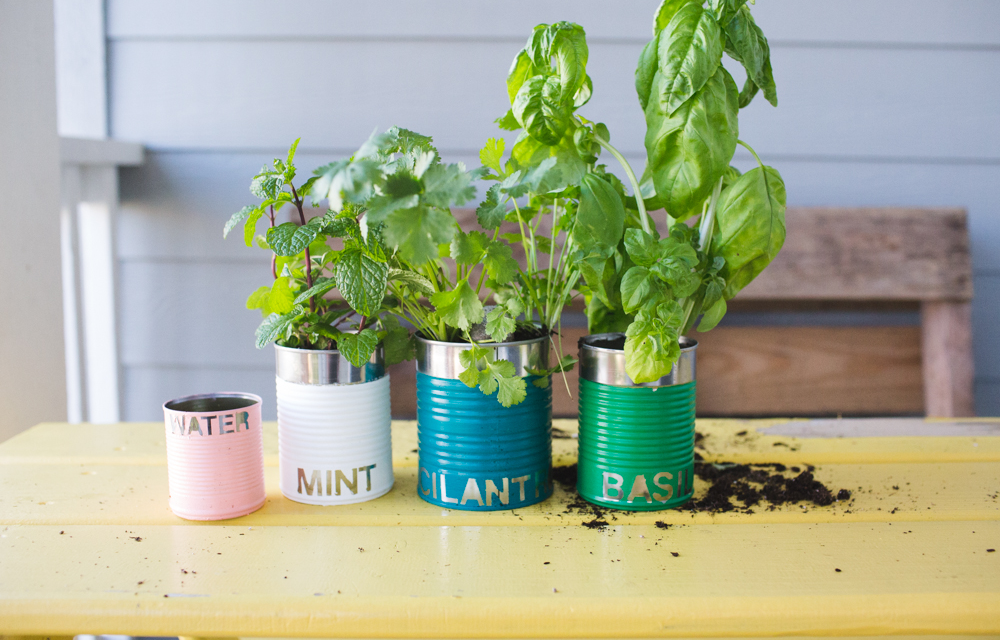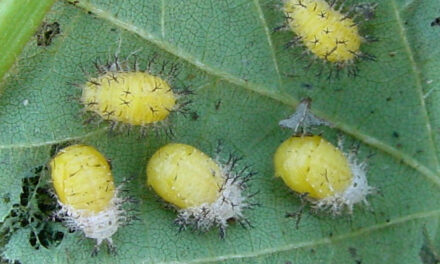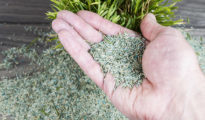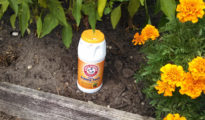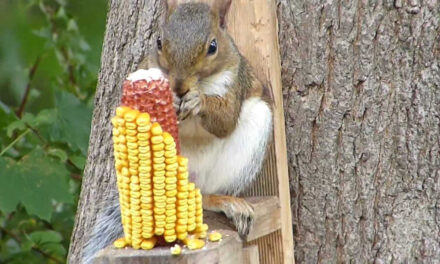Nothing like the feeling of smelling and using fresh herbs right in your home! Even if you live in a condo, an apartment or a house, everybody can benefit from an indoor herb garden. Today we will teach you how to make an indoor herb garden so you can enjoy fresh herbs all season long!
Growing herbs indoors is super easy as long as you provide them with some basic needs. Whether you decide to grow fresh herbs in your kitchen or your living room, indoor herb growing is easy! Follow the instructions below and be prepared to start cooking your meals with fresh herbs straight from your kitchen!
How To Make an Indoor Herb Garden
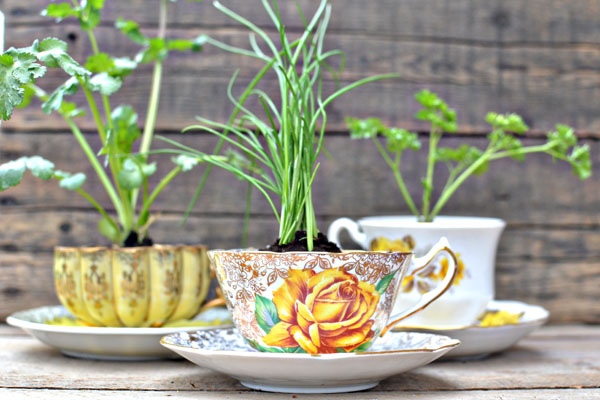
There are some basics and tips you need to know before starting an indoor herb garden. The right soil, the right spot, the amount of water, and the type of fertilizer are crucial to a successful indoor herb garden. Keep reading to find more about how to make an indoor herb garden!
Growing Herbs Indoors 101
Soil:
The best type of soil for herbs is a good quality potting soil, which will give your herbs good drainage. Do not use garden soil since this type of soil does not drain well in containers. Water regularly and apply fertilizer depending on the herb type.
Temperature:
You can literally grow herbs indoors at any time of the year, not only in winter. Herbs prefer temperatures that are around 65F to 70F, so place your herb garden wherever it's warmer in your home, and try to maintain it.
Basil, for example, loves sun and warmth, so try to provide a nice warm environment for it. Also remember that during winter, the air next to a window will be colder, and during the summer, hotter. If you are placing your indoor herb garden next to a windowsill, be aware of the temperatures.
Right Spot:
The right spot for an indoor herb garden is a sunny spot, everywhere inside where they will receive at least 6 hours of indirect sunlight. A spot near a south-facing window is ideal for most herbs. In winter, where there is less sunlight or even when you don’t have enough sunlight coming into your home, a grow light will do just fine. Grow lights easily mimic direct sunlight so you don’t have to worry about your indoor herbs not getting enough natural sunlight.
If you start seeing your herbs with their leaves pale or beginning to turn yellow, these are signs that your herbs are not getting enough sunlight. Another telltale sign is smaller than normal leaves and generally poor growth.
Water and Fertilize Correctly:
You should water indoor herbs once the soil is completely dry, so allow the soil to slightly dry between waters. Water slowly letting the soil absorb all the water before it comes out through the draining holes.
For fertilizer, use a fish emulsion or seaweed extract. These fertilizers are the best to use for most herbs since they have a higher concentration of nitrogen. Fertilize once a week during active season and for slower periods, fertilizer once a month.
Good Drainage:
Good drainage is crucial when it comes to an indoor herb garden. If you let your herbs sit in the water, the roots will rot and you can say goodbye to your fresh herb garden. It's also important to protect the surface underneath the pot by placing a drain pan or other flat surfaced item.
Make sure to use well draining soil and pots with excellent drainage holes when starting your indoor garden.
Plant Separately:
Do not plant multiple herbs in one container. Herbs don't do too well packed since they need good airflow.
Planting herbs separately will help you move them around easily when needed. One of your plants might become infested with pests and you will need to move them away to treat them. You may also need to rotate each plant for better air circulation and sunlight. Growing them separately will allow you to tend to all of these needs.
Best Herbs for your Indoor Garden:
The following herbs are the best to grow indoors because they do excellent with the amount of life they can get indoors. Choose herbs like lemon balm, parsley, mint, thyme, oregano, rosemary, sage, chervil and chives.
Purchase good quality seeds for your local nursery or online and follow the instructions on the package to start the seeds.
4 DIY Indoor Herb Garden Ideas
#1. DIY Cream Bottle Pots

You’ll need:
- Several wide empty cream or body wash bottles
- Knife or scissors
- Adhesive vinyl
How to:
- Cut the bottles using a knife or scissors in half and wash them thoroughly.
- Make some holes at the bottom for drainage.
- Cut a piece of adhesive vinyl big enough to decorate the bottles. Stick the adhesive to the bottle gently to avoid air bubbles and cut any excess.
- Continue doing the same with the other bottles.
- Fill your pots with well-draining soil and plant your herbs!! Display them in a more spot and enjoy your DIY Herb Garden!
#2. Teacup Herb Garden

You'll need:
- Large teacups with plates (ceramic one are ideal)
- Jewelers drill bit
How to:
- Drill some holes under the cup for drainage.
- Fill the cups with well-draining potting soil and plant your herbs.
- Place the cups with their plates in a windowsill and enjoy a beautiful herb garden.
#3. DIY Herb Garden with Food Cans
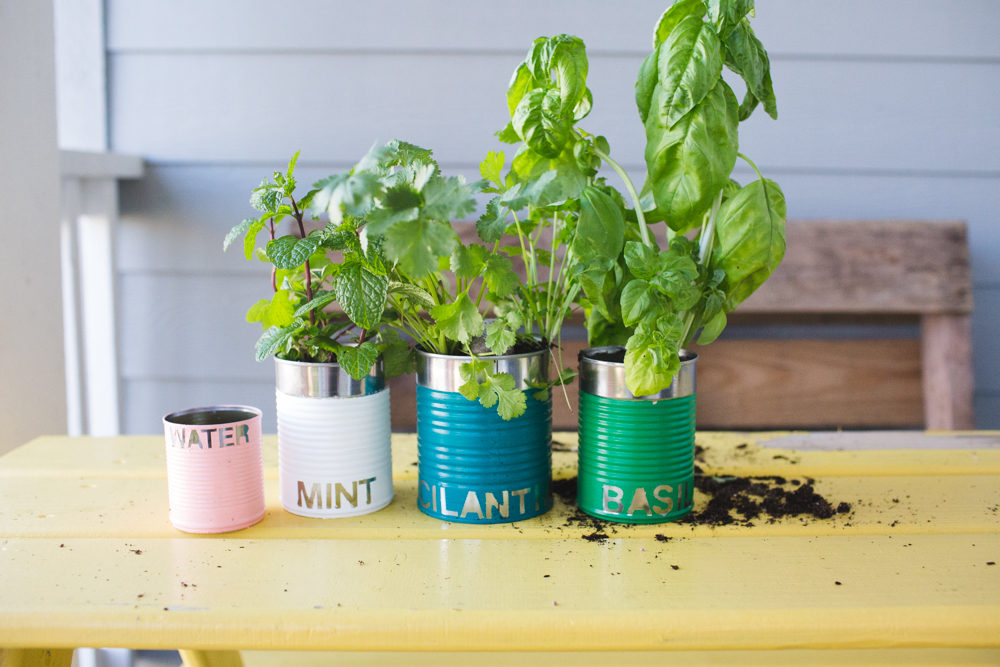
you’ll need:
- Food cans in any size
- Drill
- Ribbons
How to:
- Simply clean your cans and remove any ink that has been stamped on them.
- Drill some holes at the bottom for drainage.
- Decorate your cans with ribbons of any style and color you desire.
- Fill the cans with well-draining potting soil and start planting your herbs.
#4. Mason Jar Indoor Herb Garden
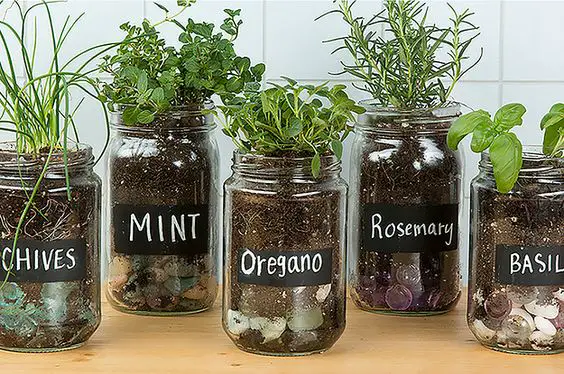
You'll need:
- Several masons jars
How to:
- Clean your Mason jars and fill them with well-draining potting soil.
- Decorate the jars however you like!
- Plant your herbs and place the jars wherever you desire.
All these easy tips and tricks to make your own indoor herb garden will help you achieve a fresh garden that you can enjoy all year round!!
Like this post? Pin, share and comment below 🙂
